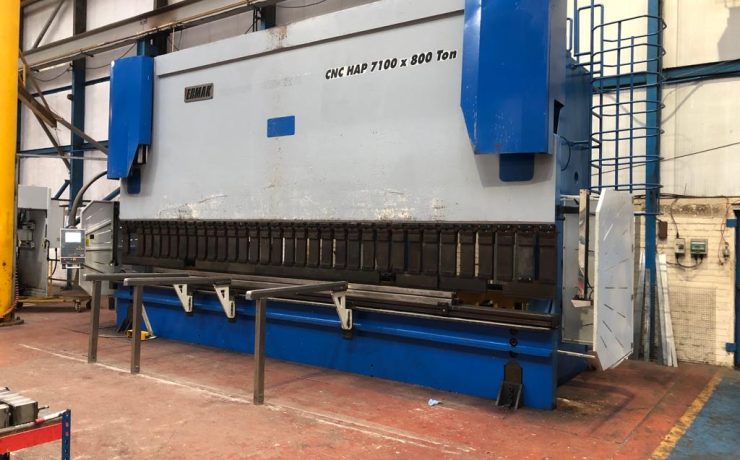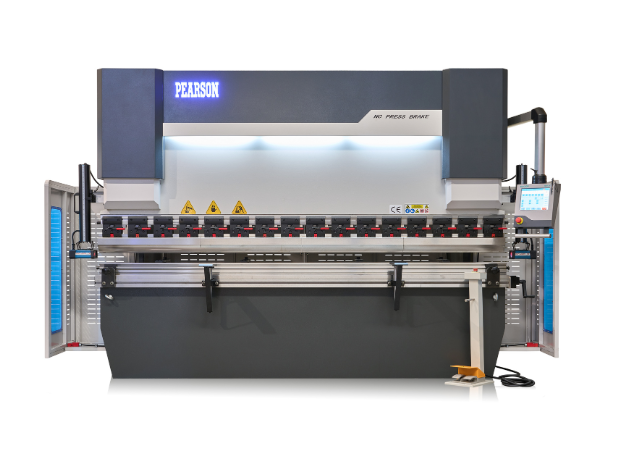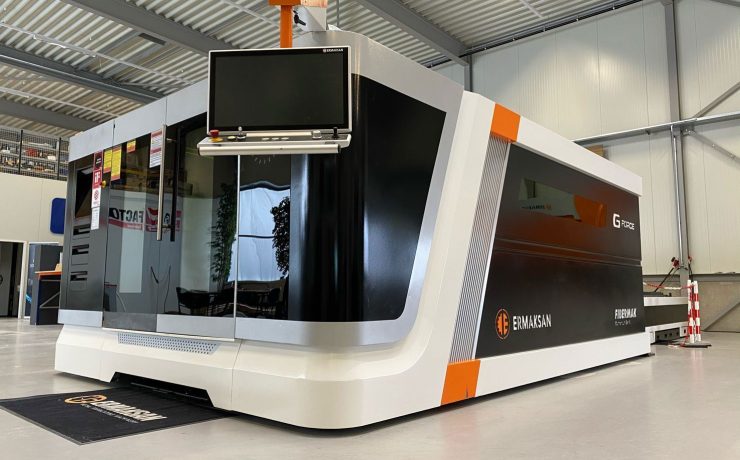Used Sanding and Grinding Machines for Every Metalworking Need
At AFM Europe, we stock a carefully selected range of high-quality used sanding and grinding machines to suit all types of metalworking applications. Whether you’re a hobbyist working in a home workshop or a professional operating in a demanding industrial setting, we offer reliable, cost-effective solutions.
Our inventory includes:
Compact benchtop grinders – perfect for small-scale or DIY use, offering precision and power in a space-saving design.
Combination machines with polishing capabilities – ideal for versatile workshops that require both sanding and finishing functions.
Heavy-duty industrial grinders – built for continuous use in busy fabrication shops and manufacturing environments.
Used Sanding and Grinding Machines
What are Sanding and Grinding Machines?

Sanding and grinding machines are essential tools in any workshop that works with metal, wood, or composite materials. They are designed to remove surface material, smooth rough edges, shape components, and prepare surfaces for further processing such as painting, welding, or coating. At AFM Europe, we supply a wide range of used sanding and grinding machines suited to everything from light fabrication to heavy-duty industrial applications.
Grinding machines use abrasive wheels to remove metal and are typically used for tasks like sharpening tools, deburring parts, flattening surfaces, or shaping components to precise dimensions. They come in various forms – from bench-mounted grinders ideal for small parts and general maintenance, to industrial pedestal grinders and belt grinders for more intensive operations.
Sanding machines, on the other hand, use sandpaper belts or discs to smooth surfaces, remove paint or rust, and finish edges. These are especially useful in fabrication, automotive, and finishing workshops where surface quality is important. Belt sanders, disc sanders, and combination models offer flexibility depending on the size and shape of the material being worked on.
How do Sanding and Grinding Machines Work?

Sanding and grinding machines operate using abrasive force to remove material from the surface of a workpiece. Whether smoothing metal edges, refining weld seams, or preparing surfaces for finishing, these machines use rotating components—such as wheels, belts, or discs—to apply consistent pressure and motion, ensuring even results with minimal manual effort.
Grinding machines typically feature a rotating abrasive wheel, often made from bonded materials like aluminium oxide or silicon carbide. As the wheel spins at high speed, it grinds away excess material or imperfections on the workpiece. The user controls the pressure and position of the workpiece against the wheel to achieve the desired shape or finish. Grinding is ideal for sharpening, deburring, or precision shaping, and is commonly used in both maintenance and fabrication environments.
Sanding machines, on the other hand, use abrasive belts or discs instead of solid wheels. These abrasives are driven by an electric motor and move continuously in a loop or rotation. When a workpiece is held against the belt or disc, surface layers are gradually worn away. Sanding is often used for finishing work—removing paint, smoothing edges, or creating a uniform surface ready for painting or coating.
Our Latest Blogs

How to Extend the Life of Your Fabrication Machinery
When you invest in fabrication machinery, you expect it to work hard for years to…

Which Press Brake is Best for Your Workshop?
If you work with sheet metal, you’ll know that a press brake is one of…

How Can Flat Bed Fibre Laser Cutters Improve Productivity?
Unlocking New Levels of Productivity with Flat Bed Fibre Laser Cutters In the fast-paced world…